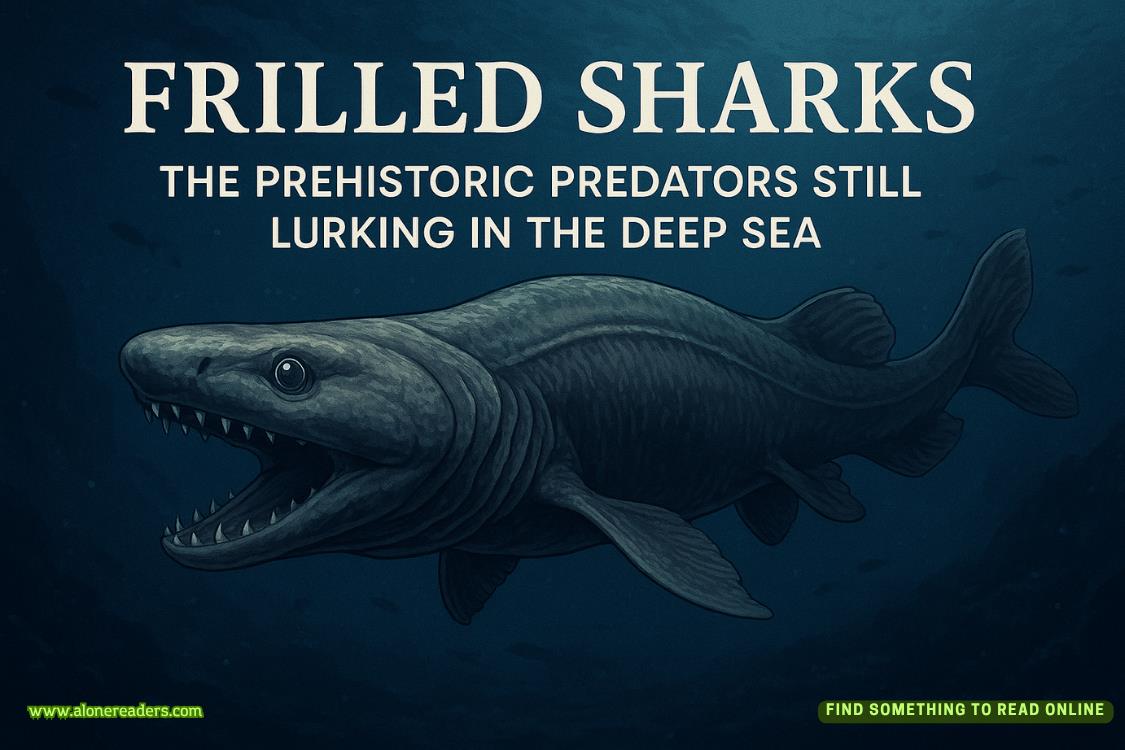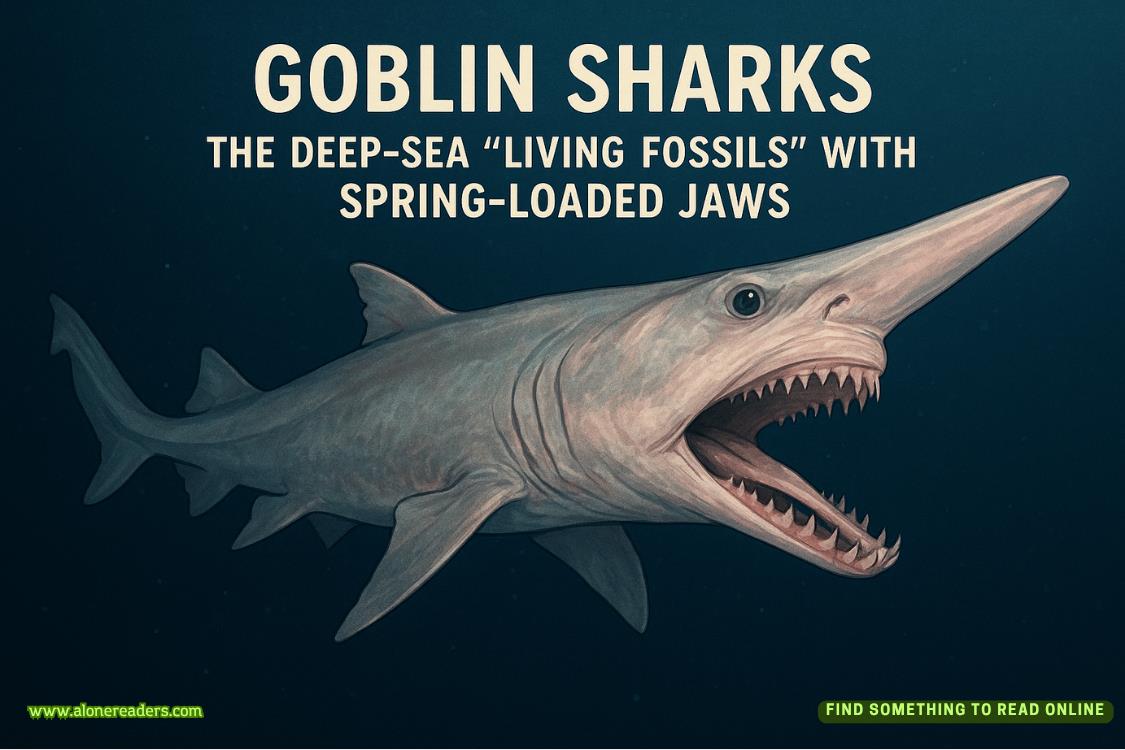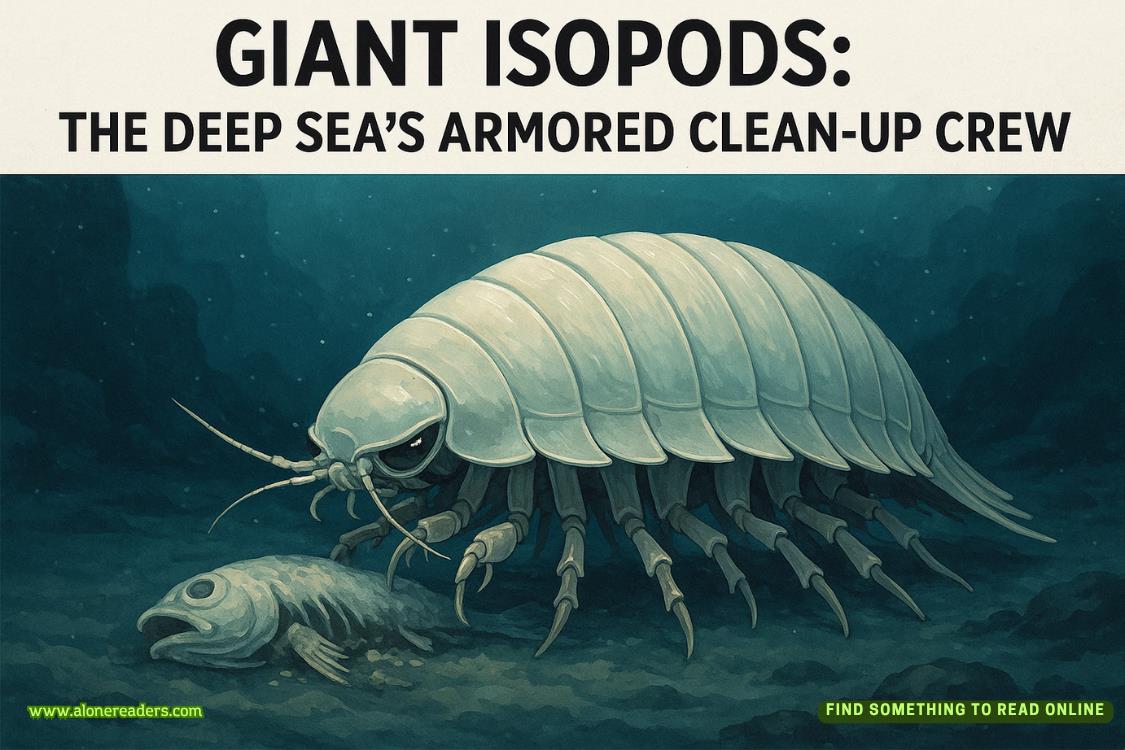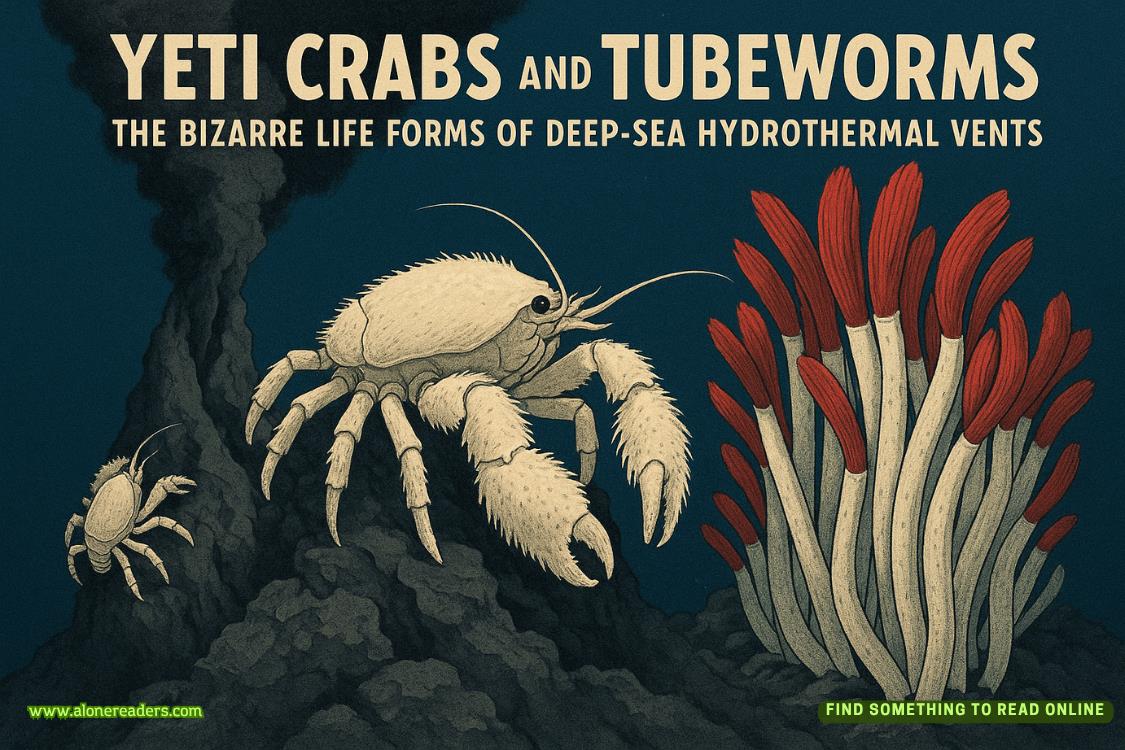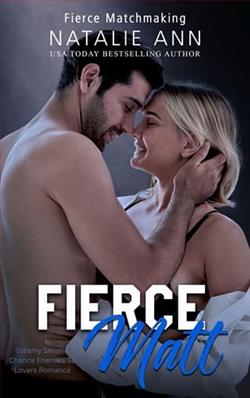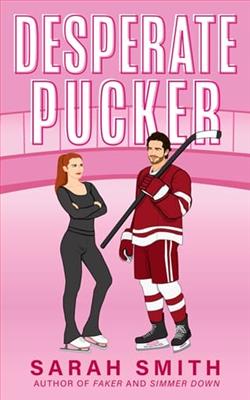Susan nodded, her eyes filled with sympathy. "I can only imagine how difficult it must be, especially with a child. You care so deeply for your patients."
I sighed, touched by her understanding. "I just want to help him get better. But every test comes back normal. If I can't figure this out..." I trailed off, hating the helplessness creeping in.
Susan squeezed my arm reassuringly. "You'll find the answer, Nate. I know you will. You're the most dedicated, meticulous doctor I know."
Despite my swirling thoughts, her faith in me brought a small smile to my face. "Thanks. I wish I shared your confidence."
"Tell me about the case," Susan said. "Maybe if we talk it through, something will click."
I explained Tyler's mysterious fever, aches, and neurological symptoms that didn't align with any condition I could identify. Susan listened intently. Her brow furrowed in concentration.
"Have you looked into historical records or any old medical journals?" she asked. "Maybe there's a clue there about past outbreaks."
I chuckled wryly. "Leave it to the librarian to suggest hitting the books."
Susan smiled, giving my arm a playful swat. "Hey, don't knock it till you've tried it. Medical history is full of weird, forgotten diseases. We might find a lead."
Her enthusiasm was contagious. Susan had a knack for thinking outside the box. "Alright, you’ve convinced me. It's worth a shot."
Susan's eyes lit up. "Let's go dig into the archives at the library after your shift tonight!"
I grinned, amazed at her ability to turn my frustration into optimism so quickly.
After my shift, I headed to the library to meet Susan with a new sense of purpose. She went straight to the archives, which were located in a dusty back room filled with old leather-bound journals and medical texts.
Susan was in her element here. She breezed through the shelves, pulling down armfuls of medical journals and records.
"Let's start around the timeline when antibiotics became common," she said, opening a journal from the 1940s. "Maybe there's a clue about diseases that faded away then."
I nodded and reached for one of the journals, flipping through the pages to quickly scan the articles.
Two hours passed in focused silence, interrupted only by the occasional creak of a chair or flutter of turning pages. Most of the material was mundane—outdated anatomy diagrams, clinical trial logs, physician notes. Then Susan let out an excited gasp.
"Nate, look! This case from the 1920s has so many similarities." She pointed to an article detailing a boy with the same progression of symptoms as Tyler.
My eyes widened as I read the details. The disease was called juvenile rheumatoid fever, rare but treatable even then. "Susan, I think you cracked the case!"
Her eyes sparkled with joy. "See, I told you - hit the books!"
I pulled her into an impulsive hug. "You're amazing. I don't know how to thank you."
Susan leaned into me, her body soft and warm. "Dinner would be a good start," she said playfully.
My heart skipped a beat. Was this an invitation for an actual date? Either way, I wasn't about to turn her down.
"It's a deal. I have an early shift on Saturday, so I could pick you up around six. Does that work?”
Susan smiled up at me. "I'd love nothing more.”
I arrived at Susan’s promptly at six on Saturday. We decided to go to Luna’s Italian Bistro. As we drove, I recounted the details of the case to Susan.
"I can't believe you found that article. It was exactly the clue we needed to diagnose Tyler properly. He has made a huge improvement." I shook my head in amazement.
Susan smiled shyly. "Well, I can't take all the credit. You figured out how to treat him."
"But I never would have made the connection without you finding that journal article. Seriously, thank you."
We arrived at the bistro and grabbed a table by the window. The warm lighting and smell of fresh bread created a cozy atmosphere.
